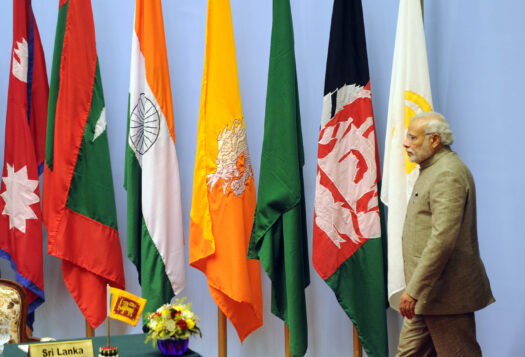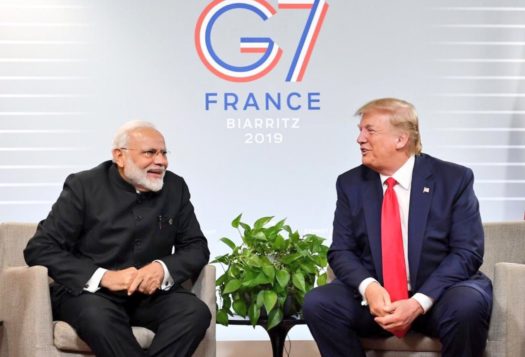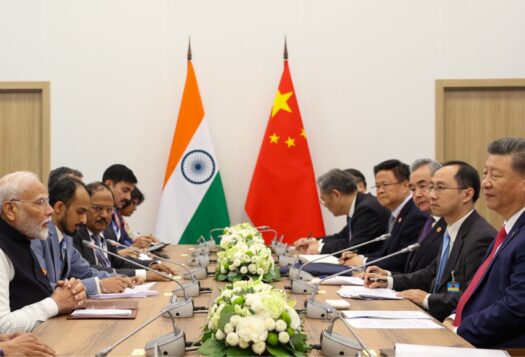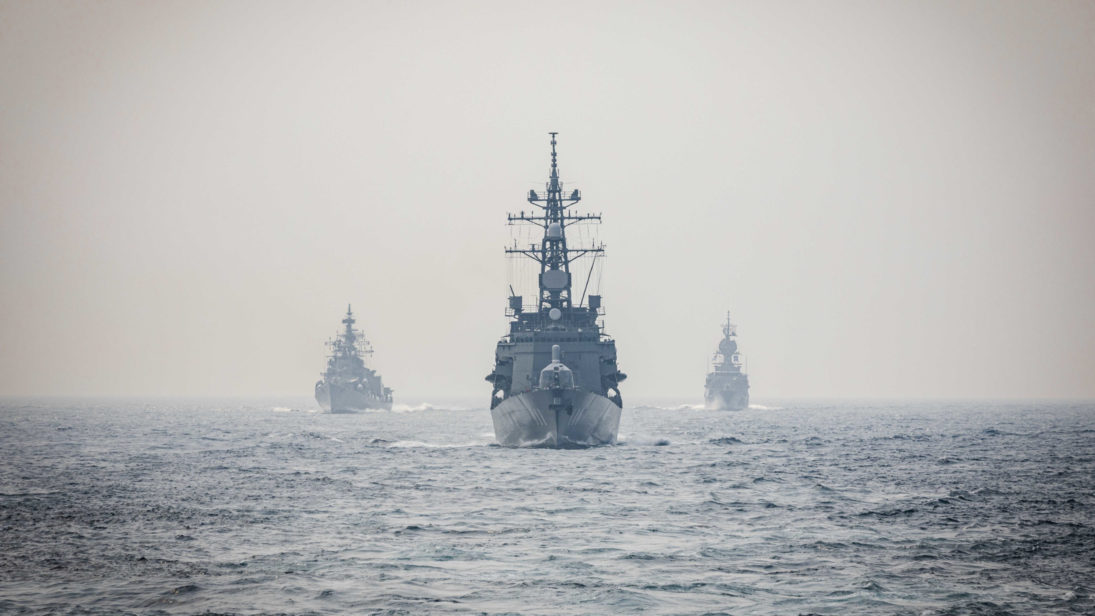
The Indo-Pacific region is one of the most dynamic and increasingly versatile geopolitical constructs. The region comprises some of the world’s most active economies and multilateral forums, thereby ensuring a more holistic understanding of both regional challenges and opportunities. The centrality of multilateral forums, such as the Association of South East Asian Nations (ASEAN), ensures that nations approach the region and its prospects through a more collective process.
The COVID-19 pandemic has brought with it a need for greater synergy between nations of the Indo-Pacific, making them reconsider the value of multilateral cooperation with other countries in the region. One of the nations that can gain the most from multilateral cooperation in the Indo-Pacific is India. India’s role and presence as a strategic and economically viable nation in the region may see a boost if it emphasizes its strategic and diplomatic relationship with major powers and multilateral institutions like ASEAN and the Quadrilateral Security Dialogue (the Quad) both during and after COVID-19.
The COVID-19 pandemic has brought with it a need for greater synergy between nations of the Indo-Pacific, making them reconsider the value of multilateral cooperation with other countries in the region.
The Impact of COVID-19 on the Indo-Pacific
Even as a Biden administration promises to refocus on multilateralism and restore traditional alliances, domestic challenges and the far-reaching impact of COVID-19 are still likely to be at the forefront for the new U.S. administration. During the pandemic and throughout the Trump administration, the foreign policy doctrine of the United States has been termed “America First.” China, on the other hand, has been slowly recovering from the impact of the pandemic and is presenting itself as a stronger power within the South and East China seas. However, despite being an economically strong power, China has thus far focused primarily on its own interests and has yet to behave like a leading power in a multilateral space, which opens up space for other states to step in. Therefore, the need to construct a more coordinated response plan for the nations of the Indo-Pacific towards the challenges arising from, or impacted by, COVID-19 may increasingly fall on middle powers such as India, Japan, and Australia.
The pandemic has incentivized greater cooperation across the Indo-Pacific through multilateral institutions like the Quad and ASEAN. Specifically, it has reinforced the notion among nation-states that it is necessary to work towards greater cooperation in order to ensure stability in a post-COVID-19 world order. During COVID-19, India has actively asserted itself through these multilateral institutions. The country has used the pandemic as an opportunity to expand its presence in multilateral institutions and frameworks within the Indo-Pacific region. At the 17th India-ASEAN virtual summit in November 2020, Indian Prime Minister Narendra Modi remarked that a cohesive and responsive ASEAN will be “essential for ‘Security and Growth for All in the Region.’” The Prime Minister also announced USD $1 million in aid to the ASEAN COVID-19 response fund. Moreover, India has used this opportunity to address its strategic challenges. At the second Quad ministerial meeting, the discussions were centered around the collective need for nations to strive for the concept of a free, open, and inclusive Indo-Pacific. Specifically, involved parties called for a coordinated response to the challenges of the pandemic amidst the backdrop of the increasingly threating presence of China in both eastern Ladakh and the maritime sphere.
Many of the rising challenges currently facing the Indo-Pacific are not conceptually alien to India. Combating China’s rising strategic aggressiveness, ensuring free and open trade, and increasing geoeconomic cooperation are all matters that are linked to India’s growth as a major South Asian power in the Indo-Pacific region. By increasing its presence in strategic deliberations and consultations, India not only increases its presence as a “visible” power but also positions itself as an important decision-maker in the geopolitics of the Indo-Pacific.
India’s bilateral relationships with countries such as the United States, Australia, and new entrants, such as Germany, have expanded since the start of the pandemic. These significant steps in India’s bilateral relationships boost the nation’s credibility in multilateral institutions. By increasing and strengthening its bilateral relationships, India gains more support from nations for its challenges, demands, and policy ideas at regional or international organizations. Therefore, India can further merge its strategic goals with regional cooperation during COVID-19, deepen its strategic relationship with major powers, and engage through multilateral institutions like the Quad and ASEAN.
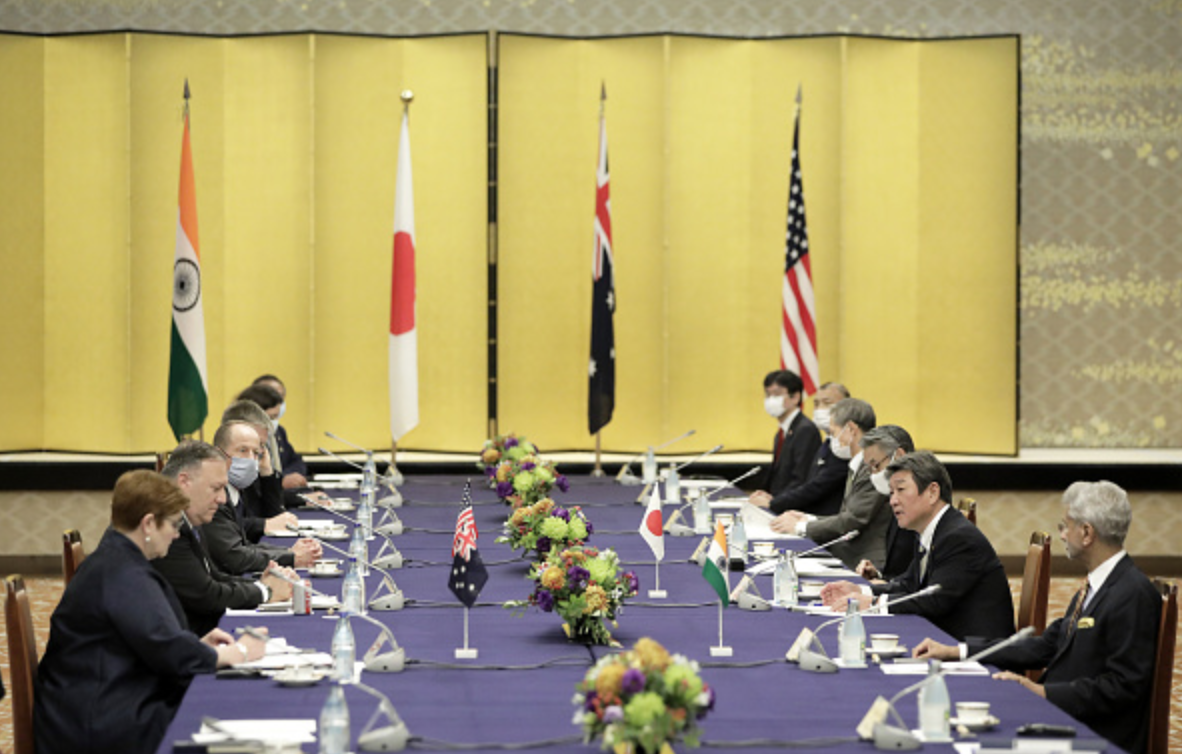
Counterbalancing China in the Indo-Pacific
In a post-COVID-19 world, China is poised to wield greater economic and political influence over the Indo-Pacific. China’s ability to rebound from the economic effects of the pandemic may increase its influence in the region. As Indo-Pacific economies weaken during the pandemic, Pacific Island countries and ASEAN member states may shift more towards China for economic aid and support. This may pose challenges to India’s influence among these nations and put the nation at a geopolitical disadvantage as compared to China. The recent virtual signing of the Regional Comprehensive Economic Partnership, despite India’s walk out from the agreement in 2019, is a clear example of China’s growing geopolitical clout. India must fully commit to broad strategic engagement in the region to push back against the geopolitical giant.
The rise of China’s intrusive activities in the South China Sea is another problem for India’s foothold in the Indo-Pacific, particularly in the post-COVID-19 context. In the midst of pandemic, China has stepped up its economic and military presence in the region by both sending warships and aircrafts to the Taiwan Strait and establishing two administrative districts in the Paracel and Spratly Islands. India itself has also been engulfed in a strategic crisis in eastern Ladakh with China since May 2020. In response to all this, the United States Navy Secretary proposed a prospective First Fleet in the Pacific, close to the Indian Ocean. This move, which reflects the United States’ keen interest in assisting its allies and partners such as India, may trigger a coalition of nation-states willing to stand against China.
A crisis between the United States and China in the Indo-Pacific, however, would be harmful not only to India’s geoeconomic interests in the region but also to how India views the Indo-Pacific region as a geopolitical space without defined power blocs. Greater cooperation and engagement with other emerging and middle powers such as South Korea, Australia, and Japan in core multilateral frameworks like the Quad and ASEAN could ensure that the country is better equipped to absorb any economic and strategic shocks that may arise due to such competition in a post-COVID-19 world.
Through multilateral institutions, such as the Quad and ASEAN, India can build a cooperative economic framework that can help revitalize Indo-Pacific economies.
Implications
The post-COVID-19 international order is going to challenge the ability of middle powers like India, Japan, and Australia to absorb the strategic consequences of the pandemic’s economic devastation and China’s growing influence in the Indo-Pacific. There is space for India to take the lead on a post-pandemic economic blueprint that addresses the challenges of a post-COVID-19 Indo-Pacific by prioritizing economic collaboration between nation states and elevating minor powers. Through multilateral institutions, such as the Quad and ASEAN, India can build a cooperative economic framework that can help revitalize Indo-Pacific economies. Therefore, the centrality of ASEAN and the emergence of the Quad can be used to mold a new vision for the Indo-Pacific in which India plays a prominent role in the post-pandemic world order.
***
Image 1: U.S. Pacific Fleet via Flickr
Image 2: Anadolu Agency via Getty Images
